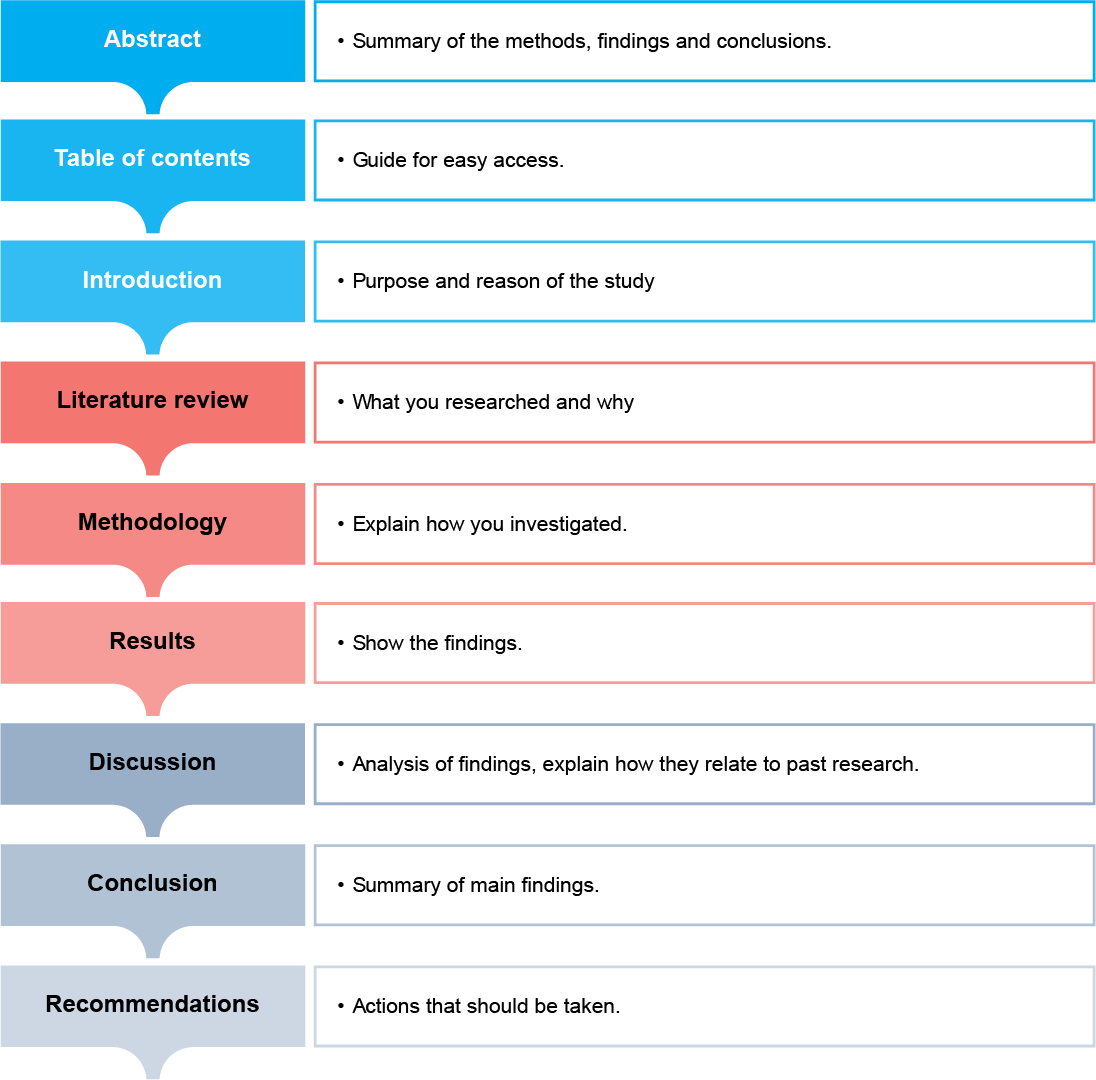
You will encounter various types of assessments, each designed to evaluate different skills, knowledge areas, and competencies. This diversity in assessment methods is intentional and beneficial for both students and lecturers/tutors.
Some of you may excel in written tasks, others in practical demonstrations, and yet others in verbal presentations. Using varied assessments allows all students to showcase their knowledge and skills in ways that suit them best.
Varied assessments encourage you to think critically and creatively. For instance, case studies require you to apply theoretical knowledge to solve real-world problems, fostering critical thinking. Creative projects, on the other hand, might assess your ability to innovate or think outside the box.
If you think about the following statement, you will realise that assessments play a crucial role in your future in the workforce:
The assessment formats that you may need to submit at university can include one or more of the following:
Have a look at the Student Academic Success - Understand assessments.
Here you will find important tips on preparing assessments, managing your assessment whilst maintaining academic integrity.
A main question or instruction/prompt from an assignment is one of the most important aspects you need to consider when writing an essay.
Essays are generally structured in three main sections as seen below:

In the introduction, you should discuss the context or problem you are addressing. Be sure to clearly state your position or solution to the problem, typically at the end of the introduction. Monash University offers excellent resources on academic writing. Check out their Student Academic Success - How to build and essay - Writing an introduction, to see an annotated sample introduction.
In the middle section or ‘body’ is where you develop your ideas in response to your argument. You need to be able to provide examples and evidence using the appropriate citation.
The best way to articulate your ideas is by following the TEEL structure as shown in this graphic.
Each paragraph should use this structure, it is recommended that you develop one idea or argument per paragraph.

If you would like to see a real annotated sample have a look at Student Academic Success - How to build and essay - Writing a body paragraph.
A conclusion in an essay is the final paragraph or section that wraps up the discussion, summarises the main points, and provides closure to the reader. Its primary purpose is to restate the thesis statement or main argument presented in the introduction and to reinforce the significance of the essay's findings or arguments.
The conclusion serves as the final opportunity for you to leave a lasting impression on the reader and to reinforce the central message or argument of the essay. It should be concise, well-written, and leave the reader with a sense of satisfaction and understanding.
To see an example on how to articulate a conclusion have a look at Student Academic Success - How to build and essay - Conclusion to see an annotated sample conclusion.
Writing reports will be an important part of your academic and working life. Here, you will be informing an audience about a particular topic.
This important part of your studies will become very useful for your future career as reports are commonly used in many workplace situations.
Make sure you understand the difference between essays and reports, for example the structure is different. Check the following figure to understand the main differences between a report and an essay.

Check out how reports are structured, keep in mind that these may vary depending on the field of study.
Report writing at university is not just about fulfilling an academic requirement; it's a comprehensive learning exercise that equips you with essential skills needed for both your academic and professional future.

The following links may guide you with a few examples on how to write reports.
Queensland University of Technology(QUT) How to write a report
Australian National University Report Writing
Writing a case study involves a detailed examination of a subject (such as a person, group, event, or phenomenon) to uncover new insights or understandings. It's a common academic assignment in fields like business, education, health sciences, social sciences, and more. Crafting a compelling case study requires systematic research, critical thinking, and clear, structured writing. Here's a step-by-step guide to help you write an effective case study.
Depending on your field of study this structure might change but generally, case studies include the following sections:

Some useful tips for you to consider when writing a case study are:
You may also find the following links quite useful:
Monash University Writing a Case Study
UNSW Sydney: Writing a Case Study
Monash University six steps to approaching a case study
A huge component and assessment type is oral presentations. These can not only be nerve racking for some, but also intimidating.
Some of the most common reasons why these end up being a challenging component in higher education are:

So, what can we do to help some of the forementioned scenarios? These are three useful tips for you to consider!

The following links provide great details on how to nail oral presentations!
Here are some examples:
The University of Sydney: Oral presentations
RMIT University: Tips for developing your oral presentation
UNSW Sydney: 10 Tips for speaking to an audience.
